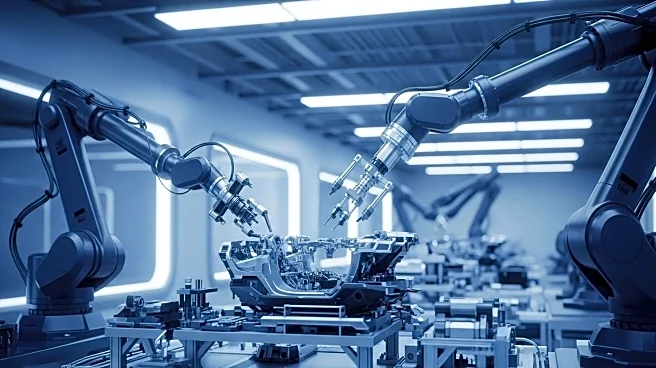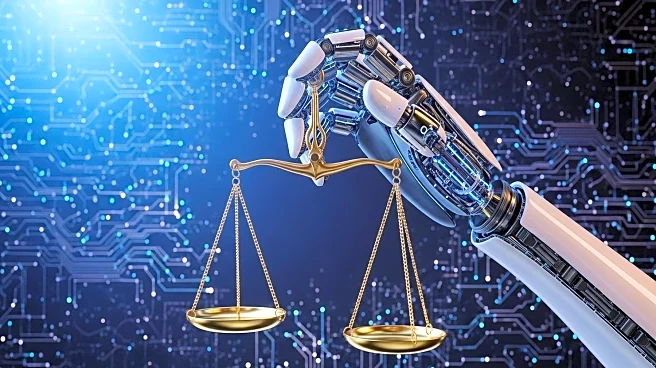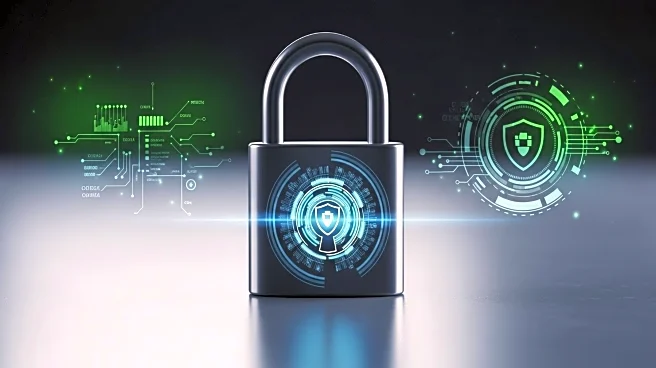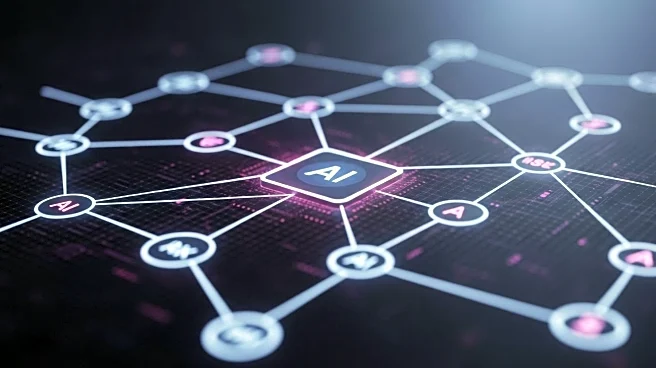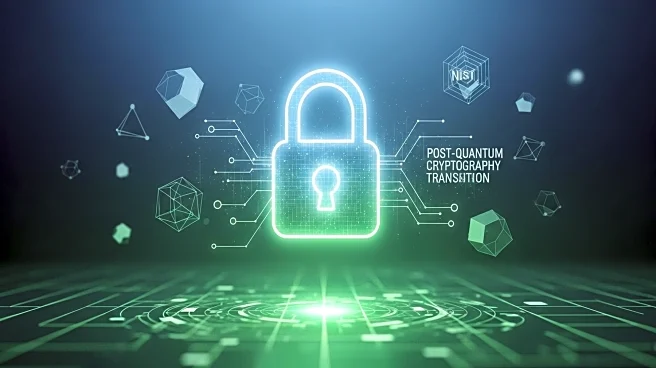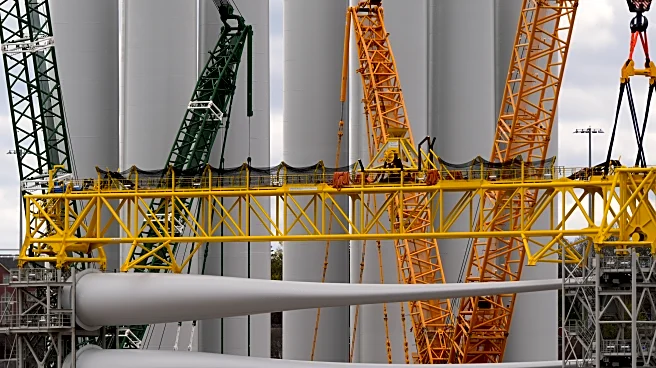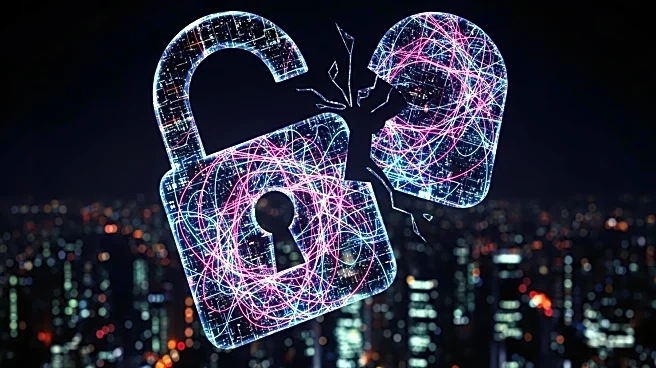What's Happening?
The Pentagon has introduced a revamped Cyber Security Risk Management Construct aimed at bolstering real-time cyber defenses. This new framework consists of five phases designed to maintain a technological edge against evolving cyber threats. The phases include embedding security into system architecture, implementing secure designs, validating through stress testing, activating automated monitoring, and utilizing real-time dashboards for immediate response. The initiative marks a shift from traditional checklist-based approaches to a more dynamic and automated system, emphasizing efficiency and resilience.
Why It's Important?
The introduction of this cybersecurity framework is significant for the U.S. defense sector, as it aims to enhance the nation's ability to counteract sophisticated cyber threats. By prioritizing automation and continuous monitoring, the framework seeks to improve the efficiency and responsiveness of defense systems. This development is crucial for maintaining national security and protecting sensitive information from cyber adversaries. The shift towards real-time defense mechanisms could set a precedent for other sectors, encouraging broader adoption of similar strategies to safeguard critical infrastructure.
What's Next?
The Pentagon's new framework is expected to influence future cybersecurity policies and practices within the defense sector. As the framework is implemented, stakeholders will likely assess its effectiveness in real-world scenarios, potentially leading to further refinements. The emphasis on automation and continuous monitoring may prompt other government agencies and private sectors to adopt similar approaches, fostering a more resilient cybersecurity landscape. Additionally, ongoing training and development will be essential to ensure personnel are equipped to manage and operate these advanced systems.
Beyond the Headlines
The shift towards automated and real-time cybersecurity measures raises ethical and operational considerations. As systems become more reliant on automation, questions about human oversight and accountability may arise. Furthermore, the integration of advanced technologies could lead to increased scrutiny regarding data privacy and the balance between security and civil liberties. The framework's success could also influence international cybersecurity standards, potentially impacting global defense strategies and collaborations.

